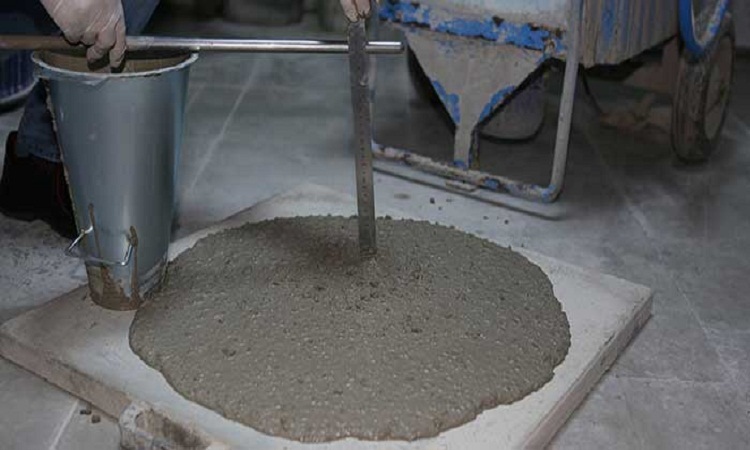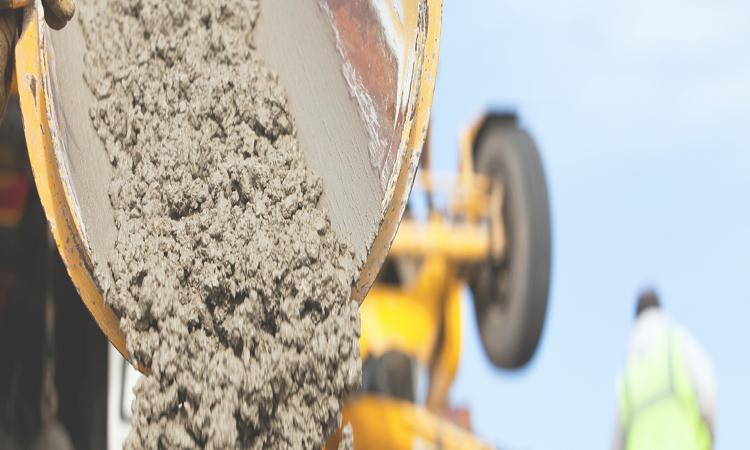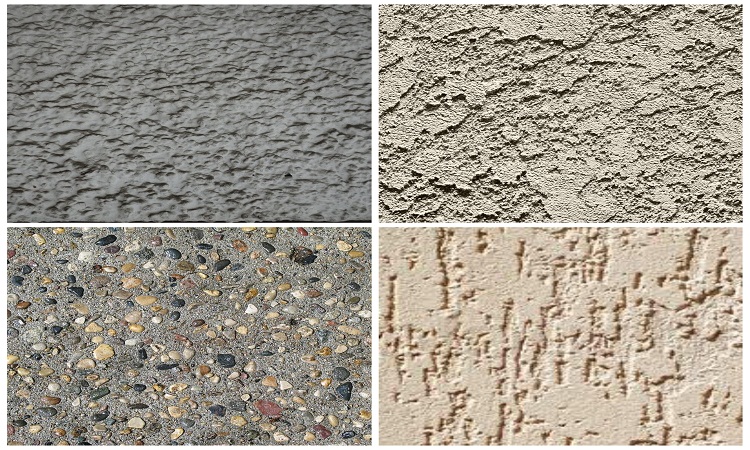Managing a project is no easy task, no matter what the scale and scope are. From planning and minutia to handling the ever-changing demands of clients to shipping the output/product on time, there’s a lot that can go wrong. When you divide the project into manageable stages, each with its…
Environmental Benefits of Using Green Concrete
The concrete is made with concrete wastes and residual materials from different industries which are eco-friendly so-called “Green Concrete”. The other name of green concrete is resource-saving structures with reduced environmental impact for e.g. Energy saving, CO2 emissions, wastewater, reduce net emissions from manufacturing. Green concrete or environmentally-friendly concrete is…
What is Self-Compacting Concrete? Various Components of Self-Compacting Concrete
Self-Compacting Concrete was first invented in Japan around the year 1980. Professor H. Okamura from the University of Tokyo, Japan is mainly responsible for initiating the evolution of such types of concrete. The need for the development of such concrete arose from the scarcity of skilled manpower in Japan during…
What is Green Concrete? Its Application, Advantages, and Disadvantages
Green concrete is a revolutionary topic in concrete technology history. Green concrete was first developed in Denmark in the year 1998. Green concrete has nothing to do with color. Green concrete is the type of concrete that is much like traditional concrete but the production of such concrete needs a…
What is Gypsum Plaster? Its Advantages and Disadvantages
Plastering is one of the most common and ancient finishing techniques. Plastering is applied to give a visually pleasing smooth surface to block or brick masonry of the wall. Plastering not only enhances beauty but also acts as a protective cover for bricks and stones and protects them from rain…
List of Abbreviations Used in Civil Engineering Construction
The common abbreviations used in civil engineering and construction sites are as follows: A.A.S.H.T.O – American Association of State Highway Transport A.B – Anchor Bolt or Asbestos Bolt A.C.I – American Concrete Institute A.R.E.A – American Railway Engineering Association A.S.C – Allowable Stress of Concrete A.S.T.M – American Society for…
What is Structural Audit? Methodology, Guideline, Related Issues, and Durability
A building inspection is an inspection executed by a building invigilator, a person who is employed by a township, city, or country and is usually certified in one or more disciplines qualifying them to make a professional judgment or opinion about whether a building meets building code requirements. A building…
Different Types of Plaster in Building Construction
Plaster is a building material used for covering the rough surfaces of walls, columns, ceilings, and other building components with a thin coat of plastic mortars to form a smooth durable surface. The coating of plastic material is called plaster. This process is known as plastering. Plaster is sometimes called…
Types of Plaster Finishes (List of Plaster Finishing)
Plastering is a process by which coarse or bristly surfaces of the walls and ceiling roofs are changed or rendered or turned to provide smoothness finish. At the beginning of plastering work, wet materials are spread over the brickwork, then suitable equipment is used to make the surface smooth level.…
What is Plastering Work? Plastering Tools and Their Different Uses
Plastering is a process of applying one or more coats of mortar to a concrete surface, brickwork, stone masonry, or lathing. Plaster must be durable such that it resists the penetration of moisture and should be able to weather uniformly. It should also be pleasing in appearance. These properties depend…










